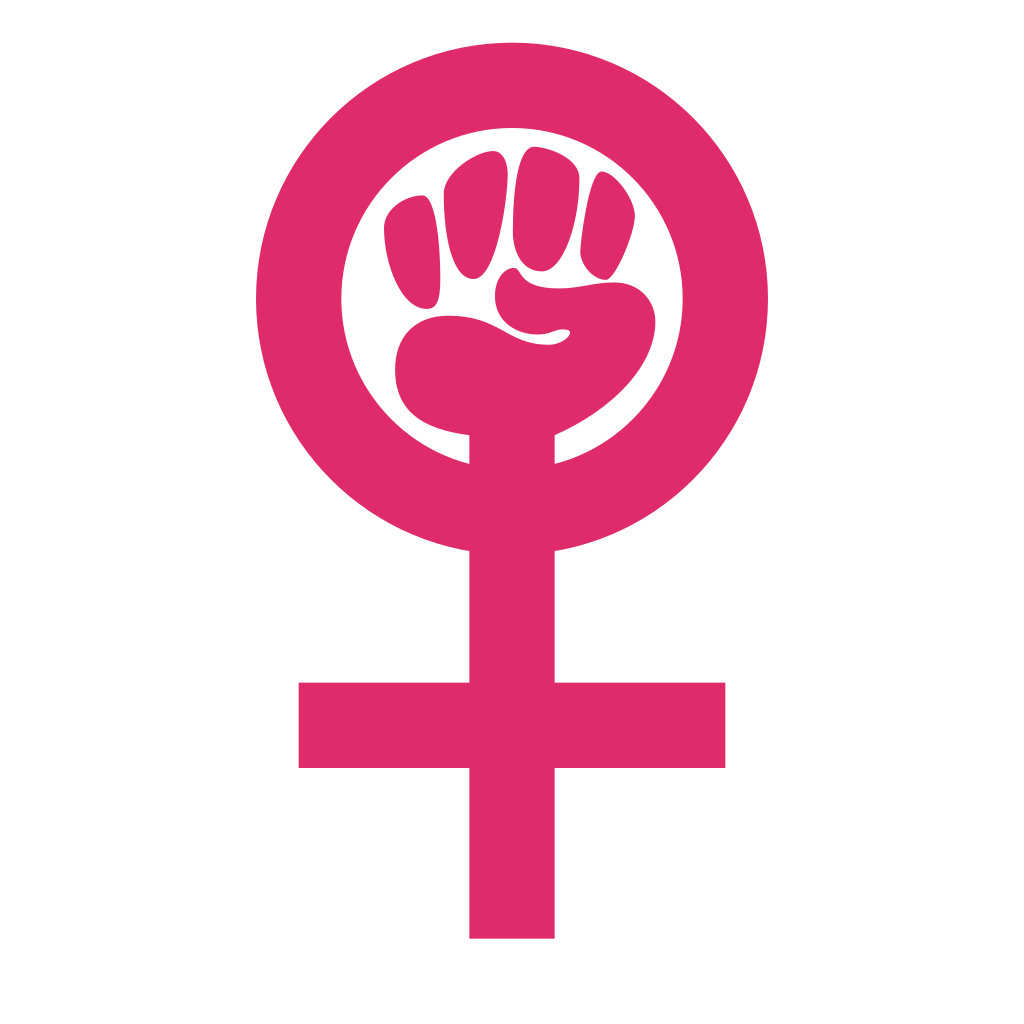Feminism in art has become a transformative force, challenging traditional views and reshaping the art world to reflect feminist values and ideas. This movement seeks to bring visibility to women artists who have been historically overshadowed by their male counterparts and to address issues surrounding gender equality through expressive forms. Feminist art not only critiques existing power structures but also celebrates the unique perspectives and experiences of women, using art as a tool for social change and empowerment. For those exploring legal topics within this context, you can choose law essay writer at DoMyEssay to help articulate these complex themes with precision and depth.

Defining Feminist Art: Principles and Purposes
Feminist art is defined by its content, purpose, and intent, all aimed at challenging traditional art history narratives that have predominantly honored male artists. It questions the gender stereotypes that have marginalized female artists and their work, often dismissing them as mere feminine crafts. This form of art incorporates a range of methods from performance art to conceptual art, with a focus on issues like female sexuality, female body, and gender politics. Feminist artists utilize their work to promote feminist ideas and provoke discussions about gender equality, often challenging the male gaze that has dominated western art.

The Evolution of the Feminist Art Movement: A Historical Overview
The feminist art movement began in the late twentieth century as part of the broader women’s movement, which sought to challenge the societal norms that limited women’s roles both in the arts and in society at large. Art historians like Judy Chicago and groups such as the Guerrilla Girls have been pivotal in pushing for gender equality within the art world. They highlighted the underrepresentation of women in art history textbooks and galleries. The movement’s growth was marked by the establishment of dedicated spaces like the Brooklyn Museum’s Center for Feminist Art, which was crucial in promoting and preserving feminist art.
Feminist Fiber Art: Techniques, Themes, and Influential Works
Feminist fiber art utilizes traditional techniques associated with women’s work, such as weaving, knitting, and sewing, to create powerful expressions of feminist politics. These artists transform everyday materials into significant artistic statements that explore complex themes like identity, sexual freedom, and female imagery. Works such as Judy Chicago’s ‘The Dinner Party’ utilize techniques that combined fabric with other mediums to create some of the most iconic images in feminist art, redefining what could be considered high art.

Profiles of Pioneering Feminist Artists in Fiber Art
This section profiles several groundbreaking feminist artists who have specialized in fiber art. These artists have often combined their skills in fiber arts with feminist theory to critique cultural attitudes and historical context of women’s bodies and lives. By doing so, they challenge the traditional separation between fine art and feminine crafts, highlighting how deeply personal and profoundly political fiber art can be.

Challenges and Triumphs: Feminist Artists in the Art World
Despite significant progress, feminist artists continue to face challenges in a still predominantly male-dominated art world. However, through feminist activism and supportive institutions, there have been notable triumphs. The growing recognition of female artists and minority artists within contemporary art circles shows a promising shift towards a more inclusive and equitable field. Feminist art historians and critics play a key role in this by revising and expanding the canon to include works that had been sidelined.
The Contemporary Scene: Feminist Fiber Art Today
In today’s contemporary art scene, feminist fiber art continues to evolve, embracing new technologies and expanding into digital and multimedia formats. Modern artists blend traditional fiber art techniques with digital mediums to explore and critique contemporary feminism and its intersections with global and digital cultures. This fusion underscores the adaptability and enduring relevance of feminist perspectives in art.
Future Directions: The Ongoing Influence of Feminism in Art
The future of feminism in art looks toward an even more inclusive approach that integrates the lessons of past feminist movements with the challenges and opportunities of the contemporary world. As society continues to grapple with issues around gender politics and equality, feminist art is poised to play a crucial role in shaping cultural narratives and advocating for a world where gender no longer dictates one’s ability to be recognized and celebrated in the arts. The ongoing dialogues fostered by these artistic expressions will undoubtedly influence not just the art world but the broader realms of culture and society. Essay support services like PaperWriter specialize in producing detailed, high-quality academic papers. They help students meet deadlines while maintaining professionalism and strong academic standards.
